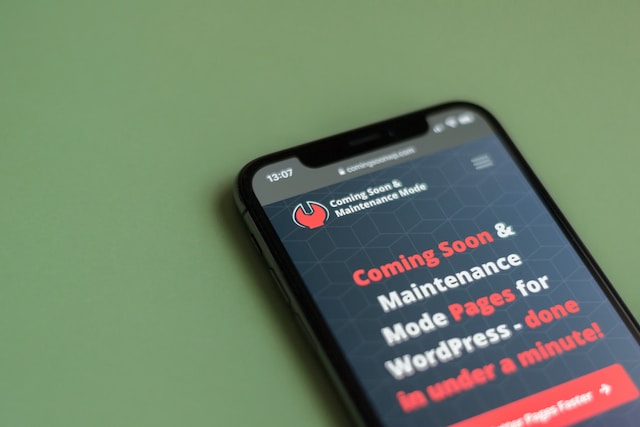How a Poorly Mobile Optimized Website Affects Your Business?
In today’s digital age, having a website is crucial for any business, regardless of size. However, just having a website is not enough. With the increase in mobile usage, it’s essential to ensure your website is mobile-optimized.
What does mobile optimization mean? Simply put, it’s the process of creating a website that is specifically designed to function on mobile devices, such as smartphones and tablets. A mobile-optimized website adjusts its layout and content to fit the smaller screen size of a mobile device, making it easier for users to navigate and engage with your content.
If your website is not mobile-optimized, it can negatively impact your business in several ways:
- Poor User Experience: When users access your website on a mobile device, they may have difficulty navigating through the site, and the content may be too small to read. This can frustrate users, causing them to leave your site and look for an alternative solution.
- Decreased Search Engine Ranking: Google and other search engines prioritize mobile-friendly websites, so if your website is not mobile-optimized, it may rank lower in search results. This can reduce your website’s visibility and make it harder for potential customers to find you.
- Reduced Conversions: If users find it difficult to use your website on their mobile device, they are less likely to complete a purchase or take other desired actions, such as filling out a form or signing up for a newsletter.
- Damaged Brand Reputation: A poorly designed website reflects poorly on your brand, making it seem outdated and unprofessional. This can damage your reputation and make it harder to attract and retain customers.
As a business owner, you cannot afford to neglect mobile optimization. With the majority of users accessing the internet on their mobile devices, it’s essential to provide a seamless mobile experience to remain competitive.
So, how can you ensure your website is mobile-optimized? Here are some tips:
- Use Responsive Design: Responsive design is a design approach that ensures your website adjusts its layout and content to fit the screen size of any device. This means your website will look great on any device, whether it’s a desktop, laptop, tablet, or smartphone.
- Optimize Images and Videos: Large images and videos can slow down your website’s loading time, especially on mobile devices. Optimize your media files to ensure they load quickly and don’t cause delays.
- Simplify Navigation: Navigation should be clear and easy to use on mobile devices. Simplify your menu options and use a hamburger menu to save space.
- Use Large Fonts: Small fonts can be difficult to read on mobile devices. Use larger fonts to ensure your content is easy to read.
In conclusion, a poorly mobile-optimized website can harm your business by reducing user experience, decreasing search engine ranking, reducing conversions, and damaging your brand reputation. Ensure your website is mobile-optimized by using responsive design, optimizing media files, simplifying navigation, and using large fonts. By providing a seamless mobile experience, you can attract and retain customers and remain competitive in today’s digital landscape.

